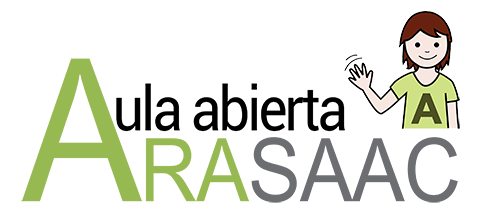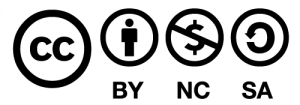What is it?
The ARASAAC Open Classroom is a repository of quality content related to Augmentative and Alternative Communication (AAC),in which any professional or family canfreely f or or in everything related to documents, free software tools and resources that use
ARASAAC
pictograms.
To access this classroom, it is not necessary to register as a user and you do not have to follow an established schedule. The important thing is that each person is trained in those topics of interest, following their own pace of learning and attending to their training needs at all times.
What are the objectives?
- Offer tutorials and video tutorials that explain the operation of the different programs, applications and tools that use the resources of
ARASAAC,
as well as the different materials that can be elaborated or adapted from their use. - Present examples of materials developed by the users themselvesl, organized by contents of the area of language, communication and other adapted curricular areas.
- Publicize different reference documents in Augmentative and Alternative Communication (CAA) prepared by prestigious professionals and institutions.
- Expand the contents of the ARASAAC Youtube channel with the incorporation of new video tutorials.
- Incorporate quality content in the field of the CAA provided by prestigious professionals from different fields, which complement the contents prepared by the
ARASAAC
team.
Where is it framed?
The ARASAAC Open Classroom is part of the ARASAACAction Plan, a project funded by the Department of Education, Culture and Sport of the Government of Aragon and coordinated by the General Directorate of Innovation and Vocational Training of that department.








